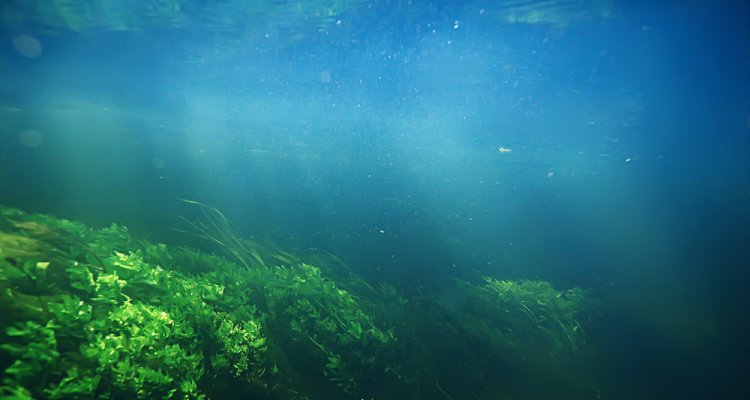
Project
LeptoMik
Here we propose to develop a macro plankton sampling method which is applicable during the IBWSS, targeting eel larvae and Pteropods. Currently the eel assessment depends on index values from summed National market catches and glass eel surveys. National glass eel index year-over-year index comparisons may be influenced by local management measures which may change passage efficiency and glass eel local density. Therefore WMR has been monitoring glass eel since 2019 using ELFIs (www.elverfinder.com) in combination with mark-recapture to calculate locale abundance, dispersal and delay. However, there is no independent index of Atlantic influx into European waters of eel larvae to compare and validate national abundance calculations and index values. By means of sampling with a MIK net during the International Blue Whiting Spawning Stock Survey (IBWSS) we will further investigate eel larvae sampling in the North Atlantic. If the experiments show high enough catches, this provides the possibility to develop an index of influx of eel larvae from the Atlantic into European waters, independent from local national sampling of glass eel and could be used to validate national index values. In addition, macro zooplankton sampling can contribute to research of ocean acidification. The Government of the Netherlands joined the International Alliance to Combat Ocean Acidification in 2018 and has committed itself to advance scientific understanding of the causes and effects of ocean acidification. The sampling proposed here will contribute to the research led by Dr. Katja Peijnenburg (Naturalis Biodiversity Center & Universiteit van Amsterdam), which focusses on understanding the impact and adaptive potential of shelled pteropods to ocean acidification. More information: https://www.naturalis.nl/en/en/museum/evolution-of-planktonic-gastropods
Dit is een voorstel om een methode te ontwikkelen om macro zoöplankton te bemonsteren in de beschikbare reserve tijd tijdens de jaarlijkse blauwe wijting survey. De methode is gericht op (1) aal-larven, (2) pteropoden en (3) eventueel andere groepen die de kennis van blauwe wijting in het ecosysteem vergroten. De voorgestelde experimenten vinden plaats met een MIKnet. In het eerste jaar wordt de optimale diepte bepaald en of de bemonstering s nachts of overdag zou moeten plaatsvinden. Het tweede jaar wordt de methode verbeterd door te experimenteren met andere netconfiguraties en door analyse van akoestische data verzameld tijdens de experimentele bemonstering. In het derde jaar de opgedane kennis toegepast tijdens de survey en wordt de methode verder uitgedragen binnen ICES om in de verdere toekomst te komen tot een structurele verbetering van het aal en blauwe wijting assessment.